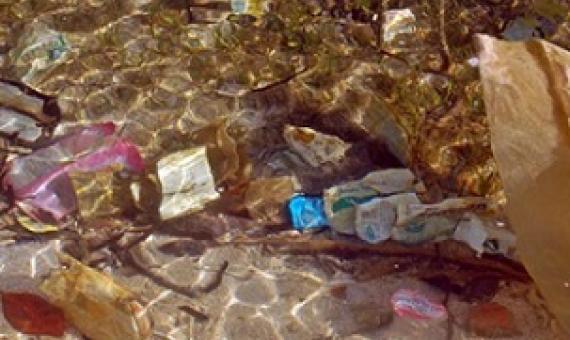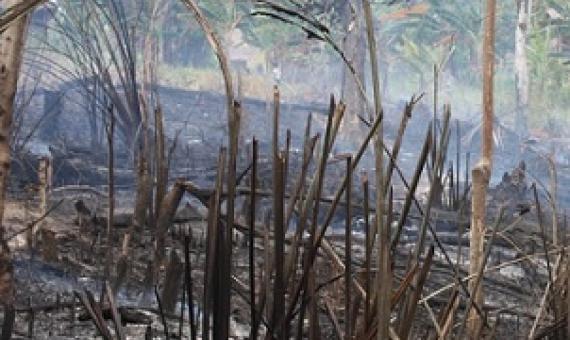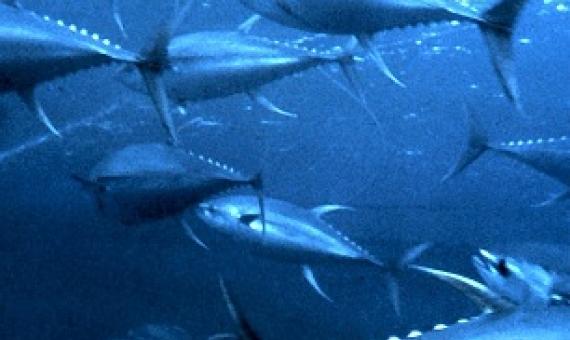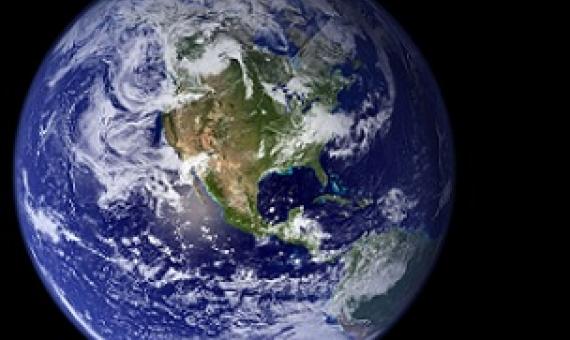“Do you need a plastic bag?” asks a store cashier. Bland as it may seem, that’s the kind of question that appears to be an effective nudge for tourists to take environmentally friendly action, according to a study.
Envisioning a resilient future for biodiversity conservation in the wake of the COVID- 19 pandemic
As the COVID-19 pandemic continues to affect societies across the world, the ongoing economic and social disruptions are likely to present fundamental challenges for current and future biodiversity conservation. We review the literature for outcomes of past major societal, political, economic and zoonotic perturbations on biodiversity conservation, and demonstrate the complex implications of perturbation events upon conservation efforts.
Aboriginal people in Australia view wilderness, or what is called "wild country," as sick land that's been neglected and not cared for. This is the opposite of the romantic understanding of wilderness as pristine and healthy—a view which underpins much non-Indigenous conservation effort.
Researchers from the UBC Institute for the Oceans and Fisheries (IOF) used a complex model incorporating extreme annual ocean temperatures in Exclusive Economic Zones, where the majority of global fish catches occur, into climate-related projections for fish, fisheries and their dependent human c
Global Reef Expedition - Final Report, Khaled Bin Sultan Living Oceans Foundation
The expedition was conducted by KSLOF, a US-based nonprofit environmental organization dedicated to providing science-based solutions to protect and restore ocean health. Starting as early as 2001, the foundation conducted field research to survey and map coral reefs to aid in coral conservation efforts. These research missions culminated in the Global Reef Expedition, which brought together an international team of over 200 scientists, educators, photographers, and filmmakers who circumnavigated the globe surveying some of the most remote coral reefs in the world.
In a new study published in the journal Communications, Earth & Environment, University of Montana researchers and colleagues explore how climate change could challenge efforts to protect biodiversity within the network of protected areas around the globe.
Human impacts and Anthropocene environmental change at Lake Kutubu, a Ramsar wetland in Papua New Guinea
The impacts of human-induced environmental change that characterize the Anthropocene are not felt equally across the globe. In the tropics, the potential for the sudden collapse of ecosystems in response to multiple interacting pressures has been of increasing concern in ecological and conservation research. The tropical ecosystems of Papua New Guinea are areas of diverse rainforest flora and fauna, inhabited by human populations that are equally diverse, both culturally and linguistically.
Tropical islands of the Anthropocene: Deep histories of anthropogenic terrestrial–marine entanglement in the Pacific and Caribbean
Islands are useful model systems for examining human–environmental interactions. While many anthropogenic effects visible in the archaeological and paleoecological records are terrestrial in nature (e.g., clearance of tropical forests for agriculture and settlement; introduction of nonnative flora and fauna), native peoples also relied heavily on marine environments for their subsistence and livelihood.
Tropical forests as key sites of the “Anthropocene”: Past and present perspectives
Tropical forests are on the front line of climate change and human sustainability challenges, being key environments in discussions of the “Anthropocene” and some of the most threatened land-based habitats on the face of the Earth. However, while it has been acknowledged that 21st-century anthropogenic alterations to tropical forests have the potential to set off major earth systems feedbacks on regional to global scales, there has been less discussion on how past human activities may have had similar impacts.
Protected-area targets could be undermined by climate change-driven shifts in ecoregions and biomes
Expanding the global protected area network is critical for addressing biodiversity declines and the climate crisis. However, how climate change will affect ecosystem representation within the protected area network remains unclear. Here we use spatial climate analogs to examine potential climate-driven shifts in terrestrial ecoregions and biomes under a +2 °C warming scenario and associated implications for achieving 30% area-based protection targets.










